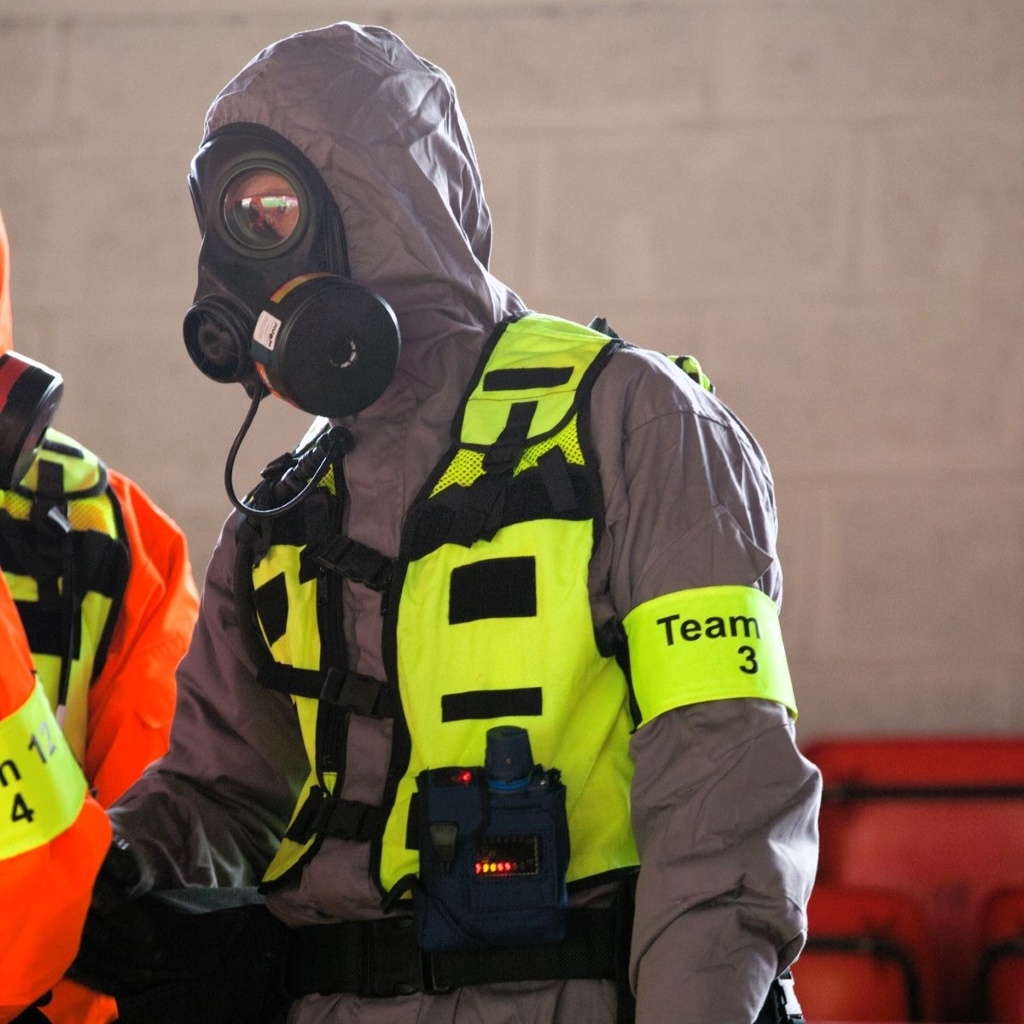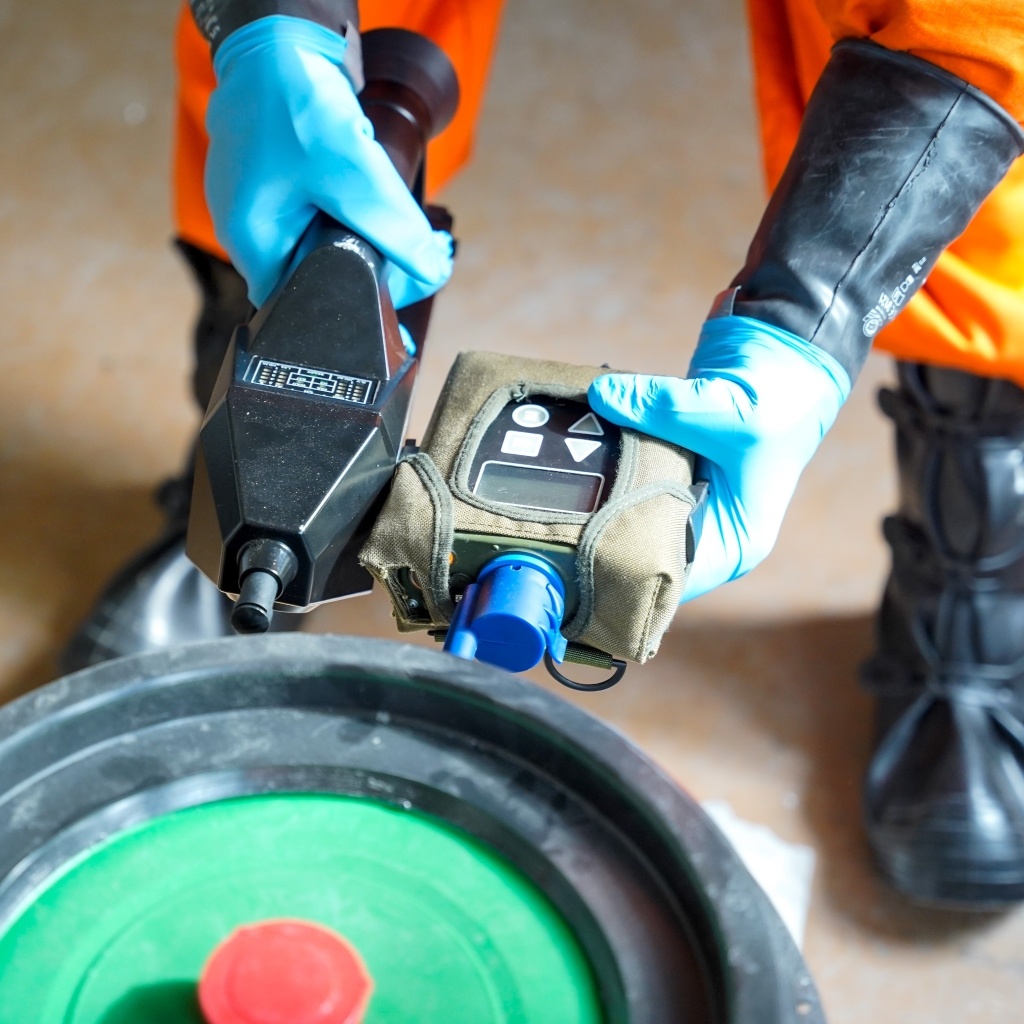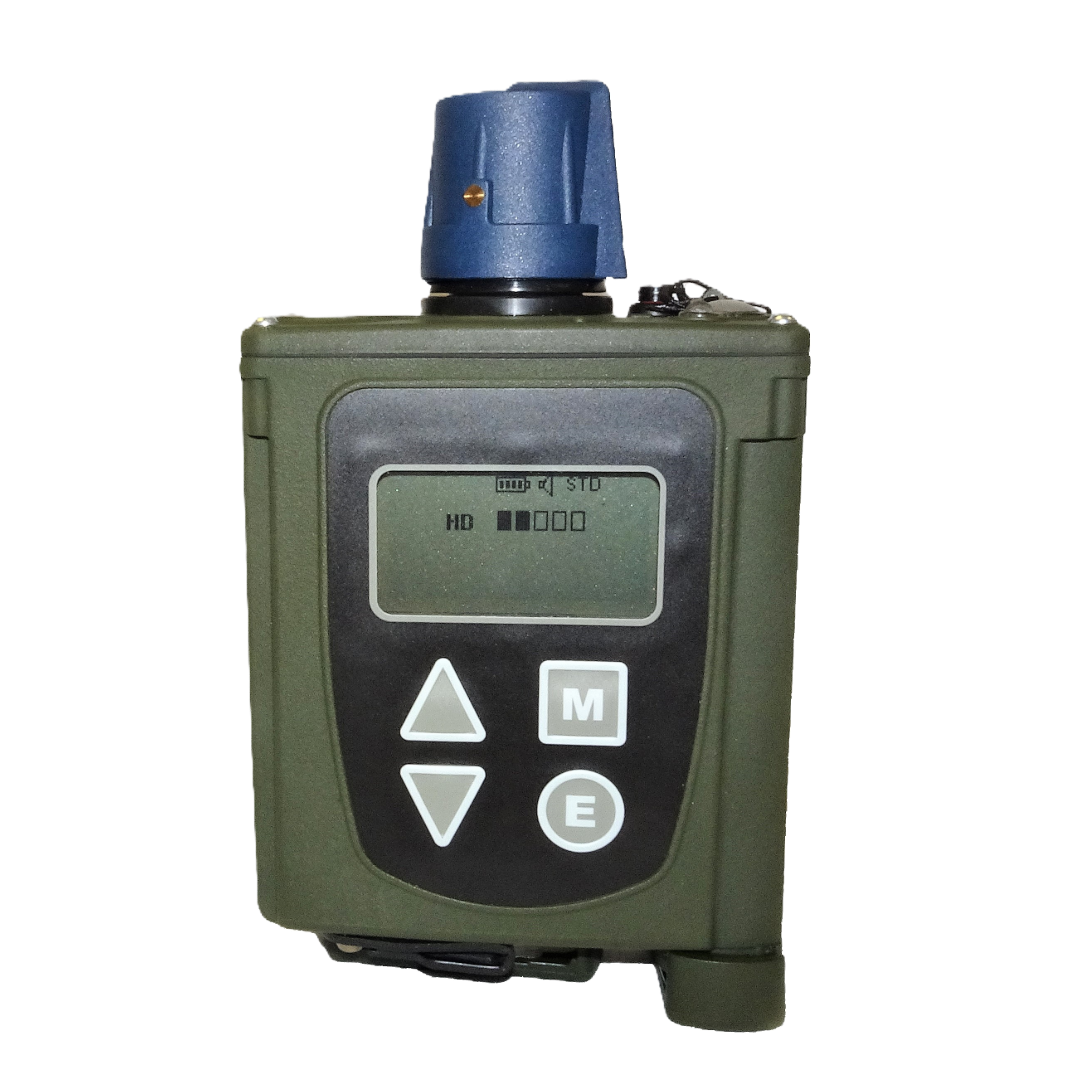Chemical Warfare / HazMat Training Systems and Simulators
Safe CBRNe and HazMat training systems that place you in control of your exercises, enabling a wide variety of indoor and outdoor environmentally friendly CWA and HazMat scenarios.
Chemical Hazard Detection Simulators
Smart Training Systems for Modern Threats
The Need for Realistic CBRNe and HazMat Training Systems
Providing realistic and engaging CWA and HazMat training that is safe, efficient, environmentally friendly and cost-effective has never been more challenging. While Live Agent Training is crucial, it is not the appropriate time for students to learn how to operate their detection equipment.
With the improvised nature of modern threats, it is essential to create a range of scenarios (such as clandestine laboratory searches and Chemical Improvised Explosive Devices) to ensure preparedness with minimal regulatory constraints.

CBRNe and HazMat Training Challenges
Providing effective CWA and HazMat training can be very challenging due to various factors.
Environmental Impact
For many the need to comply with environmental regulations prevents them from dispersing CWA simulants. But, even where they are permitted, wind or air temperatures and training location saturation can impact negatively upon the learning experience.
Health and Safety
When simulants are used in confined spaces, the small quantities permitted often restrict scenarios. Modern detectors provide limited response to simulants due to their interference rejection.
Argon Provides the Solution: CBRNe and HazMat Training Systems
Our innovative solutions provide safe training systems that place you in control of your exercises, enabling you to rapidly set up a wide variety of indoor and outdoor environmentally friendly CWA and HazMat scenarios.
We minimize the whole-life cost of ownership by removing the need for preventative maintenance, non-battery consumables or regular calibration.
Live, Virtual & Battlefield Training
No matter where you are in the world, our approach enables you to implement live, virtual and integrated battlefield CBRNe training solutions.
The powerful after-action review features help you deliver consistent, measurable, verifiable training performance and rapid enhancement of CBRNe / HazMat skills.







.png?noresize&width=257&height=343&name=cropped-RAID-M100%20(2).png)


